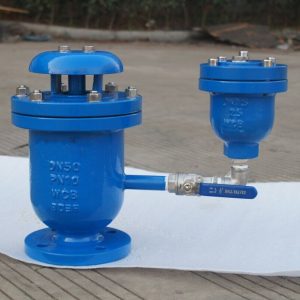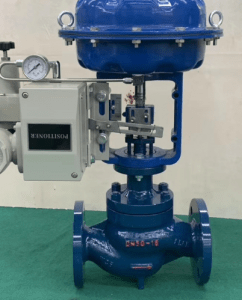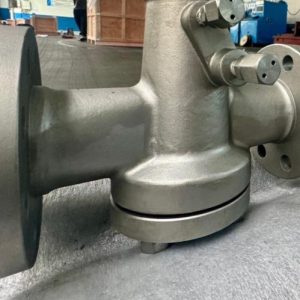We deliver to you every day from 7:00 to 23:00
TYPES OF CHECK VALVE AND ITS COMPONENTS
Main components and working principle of Check Valves
What is a Check valve?
Check valves, which are also known as non-return valves or one-way valves, are used to prevent backflow in piping and pipeline systems. Using check valves enables the fluid to flow only in the forward direction, working based on differential pressure. In short check valves are a mechanical device that helps to prevent reverse flow in piping systems. Let’s look into its working principle, components, and applications.
Working Principle of Check Valves
Check valves work on the principle of differential pressure. If the upstream pressure is more than the downstream pressure, the check valve opens. If the downstream pressure exceeds the upstream pressure, the valve closes, preventing the reverse flow of fluids. The closing of the valve can also be accompanied by the weight of the check mechanism, a spring, or any combination of these processes.
For the check valve to be open, the upstream pressure should attain a minimum which is known as the ‘cracking pressure’ (unseating head pressure or opening pressure). Following the design and size of the valve, there may be slight variations in the level of cracking pressure. So, when the upstream pressure reaches the cracking pressure, it opens the valve and allows the fluid to enter and pass through the system. When the upstream pressure falls below the cracking pressure, The back pressure is generated when the upstream pressure falls below the cracking pressure, which allows the fluid to move from the outlet to the inlet, but the check valve closes at this stage and the flow stops. Closure of the valve also can be achieved by the weight of the check mechanism by a spring, or a combination of these. The reseal pressure allows the closure of valves between the inlet and outlet of the valve, ensuring no visible leak rate, also known as the seating head pressure or closing pressure.
It is a two-port valve which has two openings one for the fluid to enter and the other one for it to leave. They are automatic and are not controlled by any external controller. It does not have any valve handle or stem.
Types of Check Valves
This check valve has a disc that swings on a hinge or shaft, which is the closing part. For the flow, the disc swings off the seat and swings back into the seat to block the reverse the flow. when in an open position, the check valve has less resistance to the flow. a lever and weight or spring can be mounted for better performance. Disc weight and return flow impact the shut-off feature of the valve.
Prevent backflow of fluids and eliminate water hammer effects. Water hammer is a high-pressure shock waves that happens when the fluid slow stops all of a sudden due to any closure of pumps etc. this effect can cause a high pressure on the piping system due to the fluid reversal flow, making difficult or dangerous to the structure. Works mechanically without any actuators or handle.
Acts as a backflow prevention device, under high pressures. It can withstand high pressure without any leakage.
Modified form of swing check valves. It keeps the fluid resistance and turbulence low because of its straight–through design.
Also known as wafer check valves, has a single disc check valve or swing check valve, to prevent backflow of fluid in the pipeline. Constructed in a way to mount it directly between the flanges.
All-purpose non-return valve which is compactable, strong, and lightweight. In addition, it is small compared to other valves. It has two spring-loaded plates or discs held in place by a hinge mechanism. When the fluid flows the disc or plates open allowing the fluid to pass through. Spring tension prevents the backflow of fluid.
Also known as dual disc check valves are double-door check valves, are mainly used in pipelines to prevent the reverse flow pf fluids. They are compactible and have low-pressure drop. The lug style body will allow easy installation and maintenance.
It is commonly used in piping systems where the globe valves are used as a flow control valve. They can be installed in vertical or horizontal lines with upward flow. used for high flow velocities – water, steam, vapor, air, etc.
Swing Check valves manufactured using Forged steel materials to provide efficient prevention of fluids from backflow in a piping system.
Main Components of Check Valves
- Valve body: the main structure of the valve is its body, and through this, the material passes through.
- Seat: the part against the valve closes to prevent the backflow of the fluid.
- Disc or Ball: the valve component that closes the valve opening when fluid flow reverses.
- Hinge pin: it connects the ball or disc to the valve body
- Inward port: the inward port allows gas or any liquid to enter
- Outward port: the material or fluid exits through this port.
Industrial Uses
- Offshore oil and gas production
- Onshore oil and gas production
- Gas plant
- LNG
- Liquid Gases, Refineries
- Petrochemical and Chemical industries
- Fertilizer industries
- In Terminals, Pipelines, Power, Desalination, Water, marine, HVAC etc







